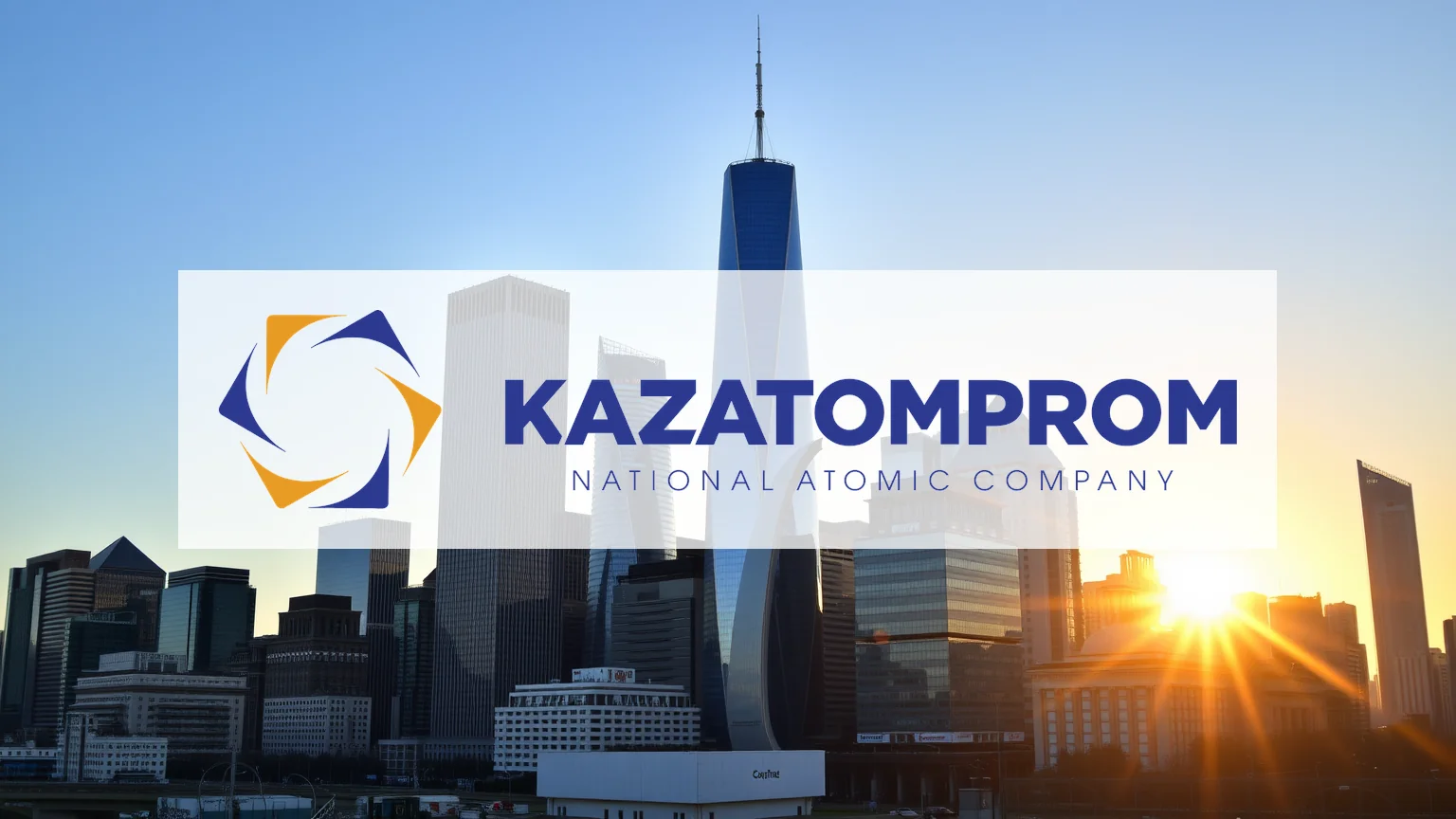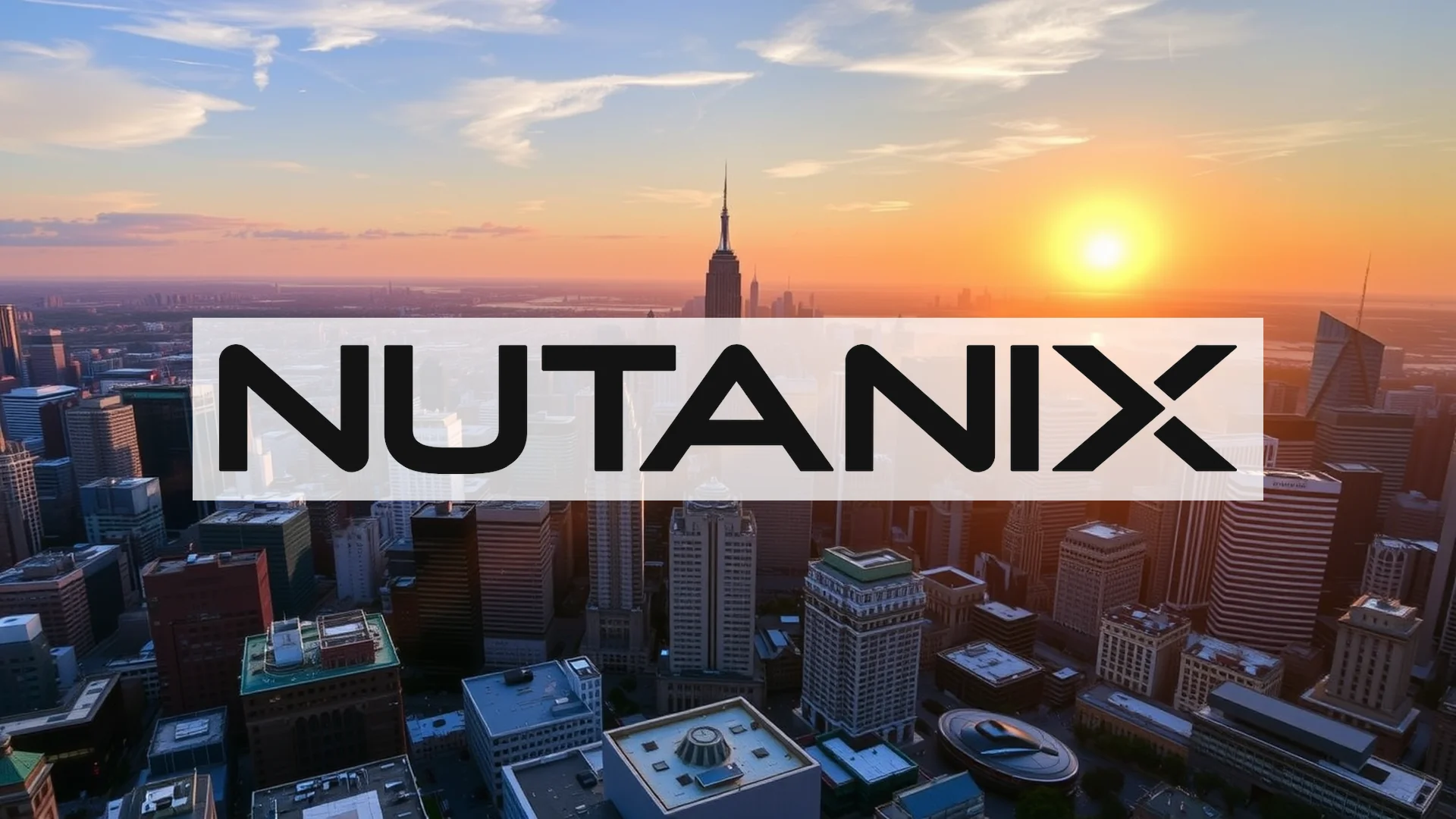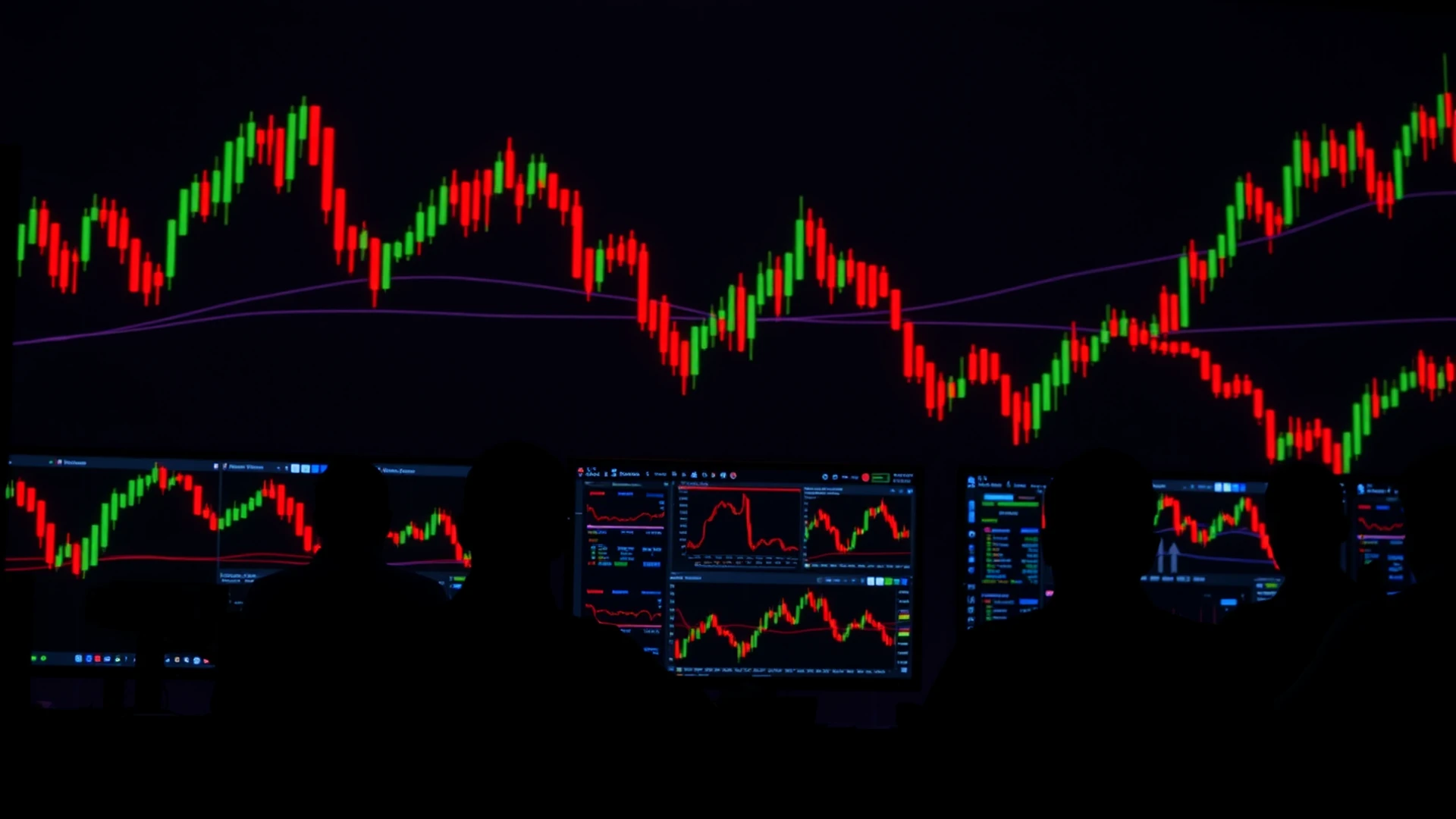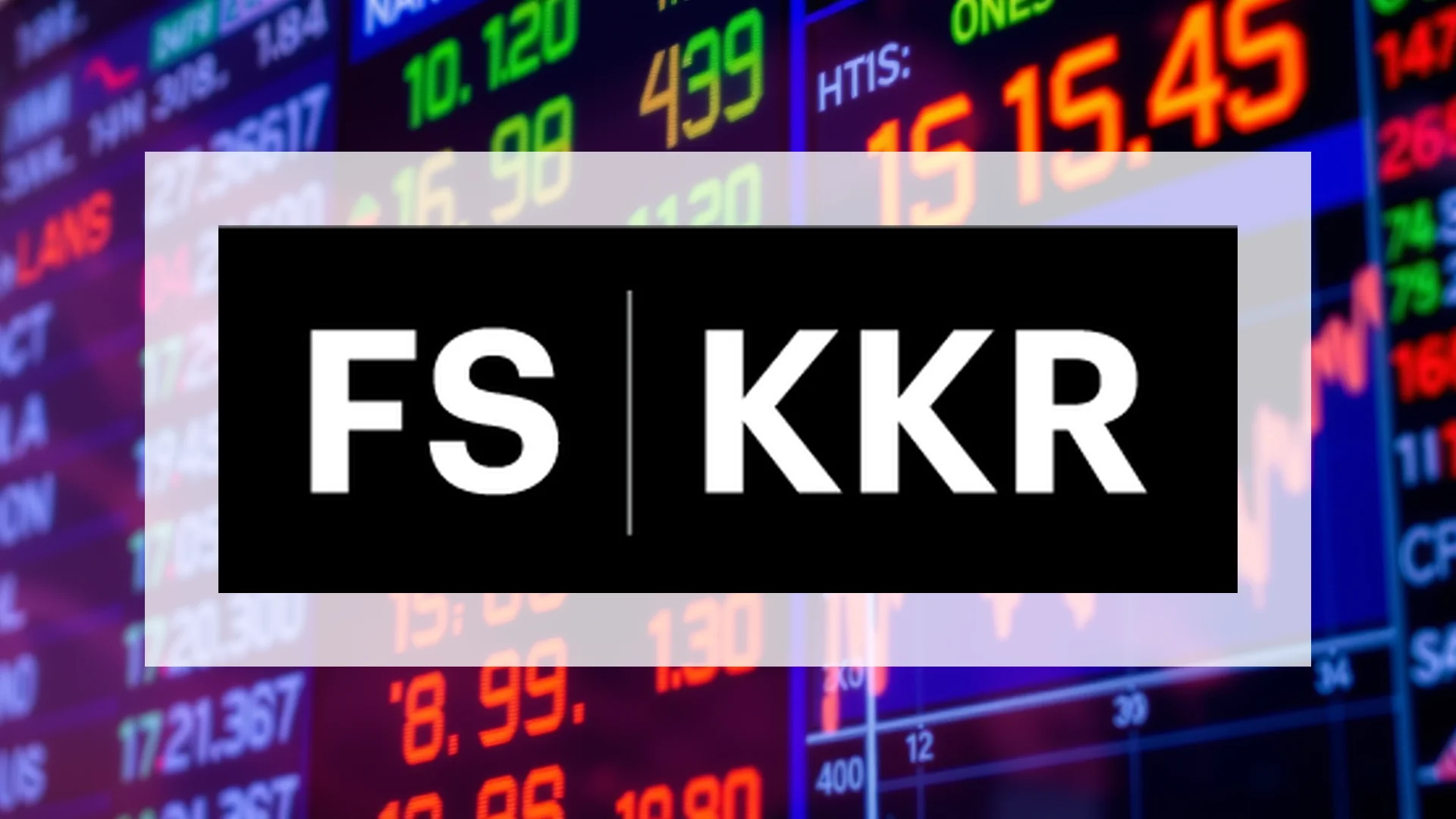The global uranium market is experiencing significant volatility as production announcements from Kazakhstan create ripple effects across the sector. While spot prices for the nuclear fuel remain surprisingly resilient, equity values for uranium producers worldwide have faced substantial selling pressure following Astana’s expansion plans.
Market Turbulence Follows Production Announcements
Sector-wide declines hit uranium mining companies after Kazakhstan revealed intentions to significantly ramp up production capabilities. The market reaction was immediate and severe: Energy Fuels shares plummeted nearly 18%, Uranium Energy Corp. dropped over 9%, and industry leader Cameco declined approximately 4%.
This selloff was triggered by plans from the KATCO joint venture between Orano Mining and NAC Kazatomprom to increase output at the Moinkum deposit. Beginning in 2026, production is expected to reach 4,000 tons annually – returning to 2021 production levels.
Expansion Amid Operational Challenges
Kazatomprom recently commissioned a new processing facility at its Tortkuduk site in July 2025, designed to deliver an additional 2,045 tons of uranium per year. The $190 million investment project aims to substantially extend the operational life of the Muyunkum deposit.
Despite these expansion efforts, the company has encountered operational headwinds. Supply uncertainties regarding sulfuric acid and construction delays have forced Kazatomprom to revise its 2025 production forecast downward from an initial range of 30,500-31,500 tons to 25,000-26,500 tons.
Should investors sell immediately? Or is it worth buying NAC Kazatomprom?
The company maintains confidence in its position, noting sufficient inventory levels to meet all contractual obligations for 2025. This assurance comes despite production challenges, with output actually increasing 13% year-over-year to 12,242 tons during the first half of 2025.
Divergence Between Equity and Commodity Markets
A notable market paradox has emerged as uranium spot prices demonstrate remarkable stability despite the equity selloff. Current prices hold steady around $73.40 per pound, showing recovery from July’s correction, while futures contracts trade at approximately $73.50.
This price resilience suggests investor concerns extend beyond simple supply dynamics. Market participants appear equally focused on potential geopolitical shifts, including possible easing of sanctions targeting Russia’s nuclear sector, which could further alter global supply patterns.
Strong Financial Performance Continues
Kazatomprom’s fundamental financial metrics remain robust. The company reported 2024 revenue growth of 26%, exceeding 1.8 trillion tenge, while adjusted net profit climbed 38% to 577 billion tenge. Shareholders received dividends of 1,264.12 tenge per share, distributed on schedule in July 2025.
The critical question facing market participants is whether current concerns about potential oversupply are justified. While equity markets have reacted strongly to production expansion news, stable uranium prices tell a contrasting story about actual supply-demand fundamentals in the nuclear fuel market.
Ad
NAC Kazatomprom Stock: Buy or Sell?! New NAC Kazatomprom Analysis from November 19 delivers the answer:
The latest NAC Kazatomprom figures speak for themselves: Urgent action needed for NAC Kazatomprom investors. Is it worth buying or should you sell? Find out what to do now in the current free analysis from November 19.
NAC Kazatomprom: Buy or sell? Read more here...













